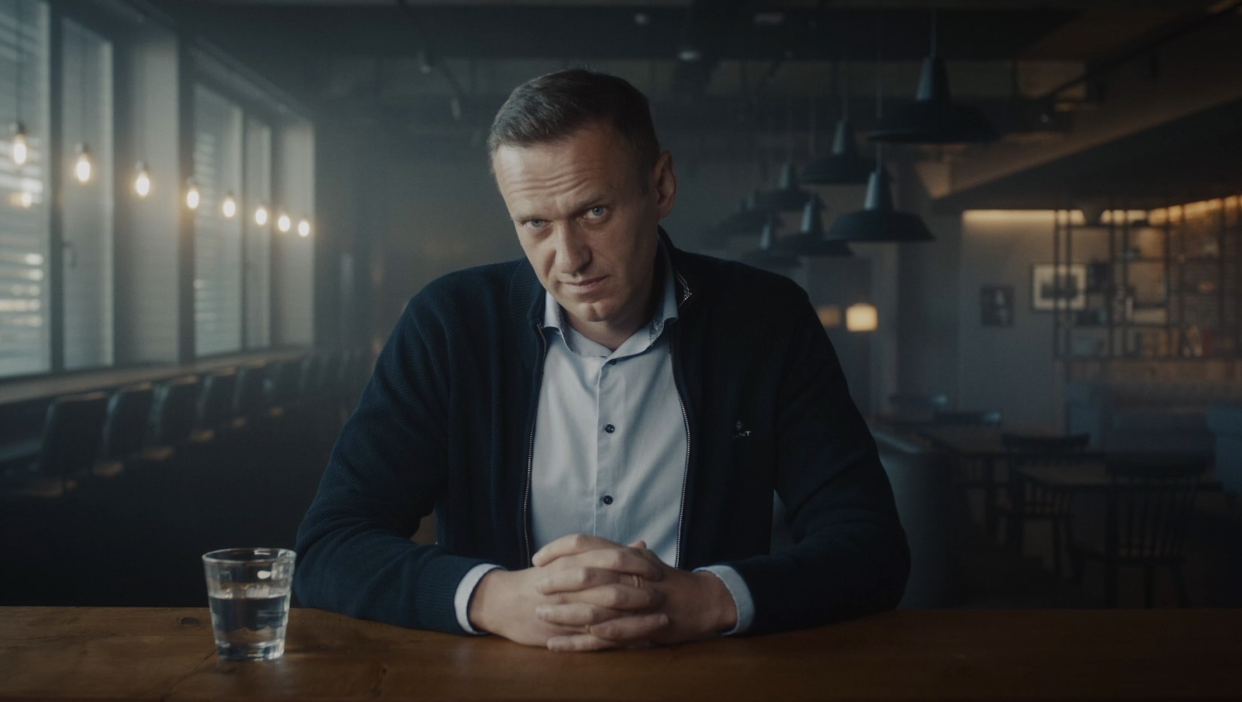‘Let’s Make a Thriller’ – Two Months with Putin’s Worst Nightmare in ‘Navalny’

- Oops!Something went wrong.Please try again later.
- Oops!Something went wrong.Please try again later.
- Oops!Something went wrong.Please try again later.
In the opening of the documentary “Navalny,” director Daniel Roher asks the titular Russian opposition leader — who at the time was still recovering from being poisoned by his own government, and was mere weeks from returning home to face his failed assassins head on — what his message would be to the Russian people if, in the entirely possible scenario, he is killed.
“‘Oh, come on, Daniel. No, no way. Is like you are making movie for the case of my death,’” Alexei Navalny dismissively replies to the camera. “‘Let’s make a thriller out of this movie, and in the case I would be killed, let’s make a boring movie of memory.”
More from IndieWire
'Perry Mason' Revealed Its Season 2 Killer Early, but Landed on Their Identity Late
What Rob Zombie Learned from 'House of 1000 Corpses': Take His First Instinct and 'Do the Opposite'
The film then cuts — somewhat tongue-in-cheek, as if Roher has taken Navalny’s direction — to a dramatic overhead drone shot of a snowy road accompanied by a piece of score worthy of an intense action thriller. When Roher was on the Filmmaker Toolkit podcast, he discussed the inherit tension of making a film with a politician as message-savvy as the currently imprisoned Navalny, an anti-corruption crusader who became Vladimir Putin’s worst nightmare in large part through his mastery of TikTok and YouTube.
“Whenever a politician invites you in with cameras, you must presume and understand that you are in some way being weaponized to further political aim and ambition,” Roher said. “And being a filmmaker, you have your own agenda that you are chasing, and so it’s this little dance that takes place between the filmmaker and the subject. And I think that tension is really interesting. Certainly in this film that conflict existed.”
In the Video Below: Watch Roher discuss the opening of “Navalny” and how he weaved the tension between subject and filmmaker into his film.
Roher acknowledged that his film often plays like a thriller, but said that was because of the circumstances. “When we were shooting this film, we sort of fell into our own little spy thriller, this little universe that seemed like it leapt from the pages of a novel,” Roher said. “The sort of thriller quality that is often given to this movie is really because it was a thriller to make, and it was a thriller in real life.”
As an example, Roher points to the now famous “prank phone call” scene in which Navalny, posing as a Kremlin official, calls one of his would-be killers demanding to know what went wrong with the assassination attempt. After a string of hang-up, one of the poison experts on the other line is fooled and starts to give Navalny details.
“People watched that scene with just this shock, this disbelief,” said Roher. “‘How could this possibly have happened and been captured?’ And that shock is how it felt to be in the room for it, and so transcoding the experience of making the movie onto the experience of watching the movie for me is quite a thrilling, directorial achievement.”
You can listen the full discussion above, or subscribe to the Filmmaker Toolkit podcast below.
The Filmmaker Toolkit podcast is available on Apple Podcasts, Spotify, Overcast, and Stitcher. The music used in this podcast is from the “Marina Abramovic: The Artist Is Present” score, courtesy of composer Nathan Halpern.
Best of IndieWire
Sign up for Indiewire's Newsletter. For the latest news, follow us on Facebook, Twitter, and Instagram.

